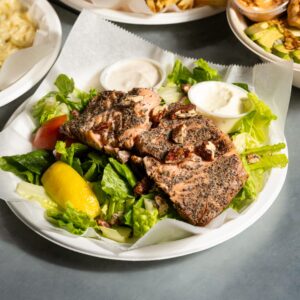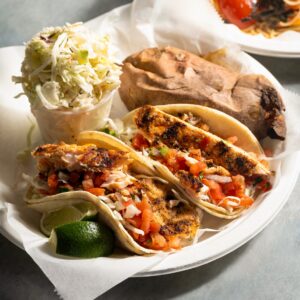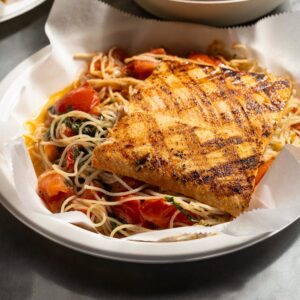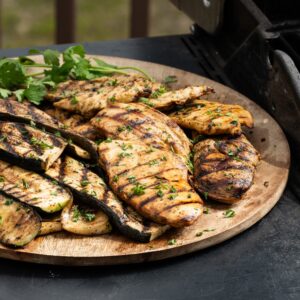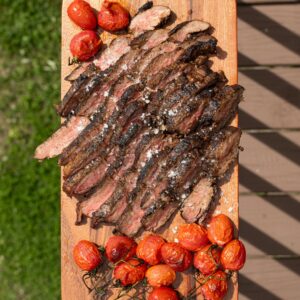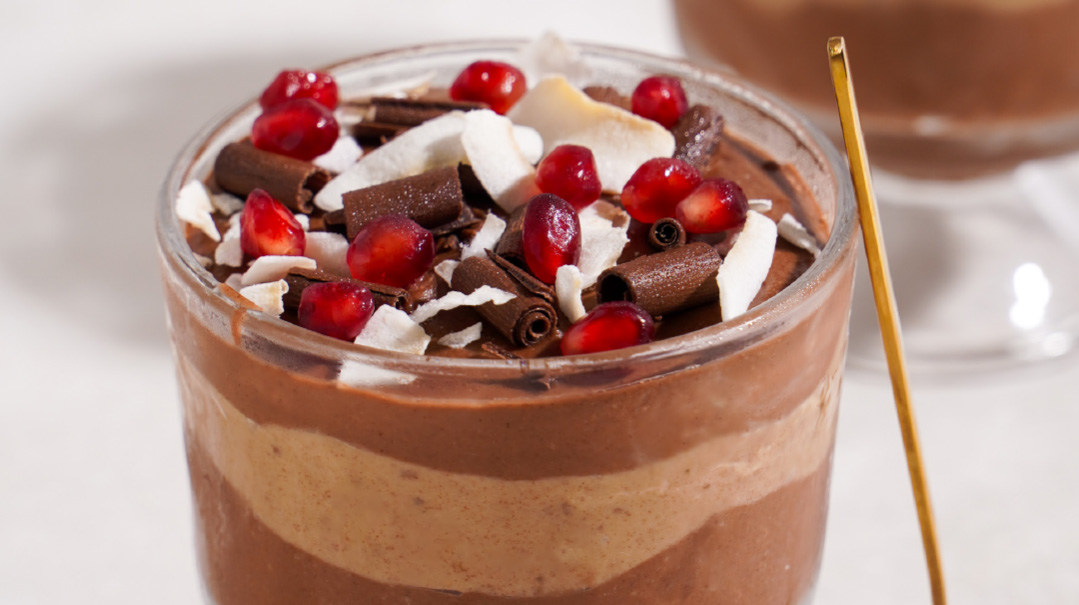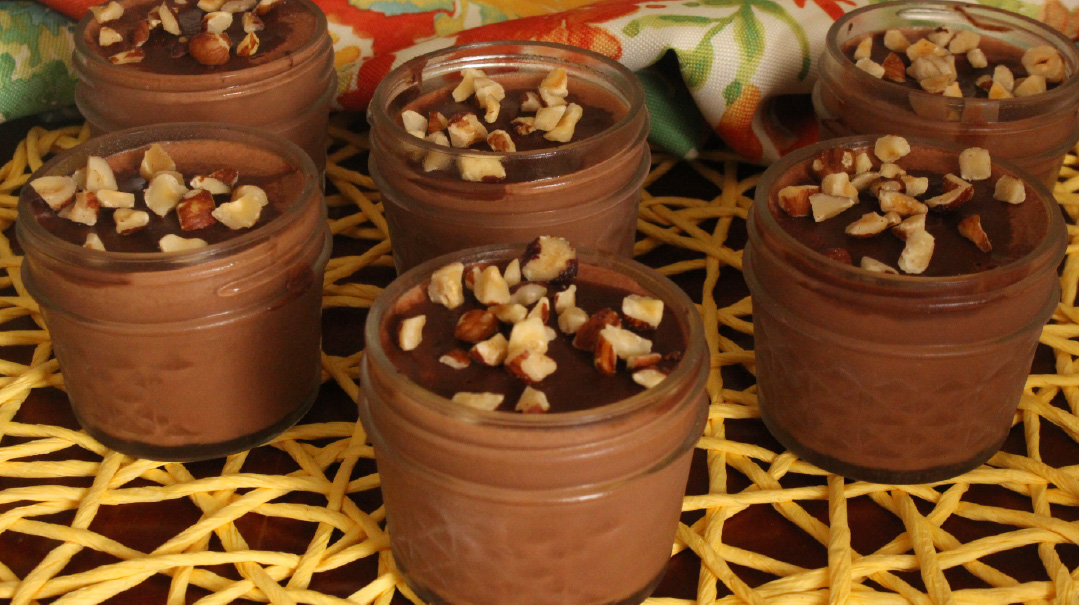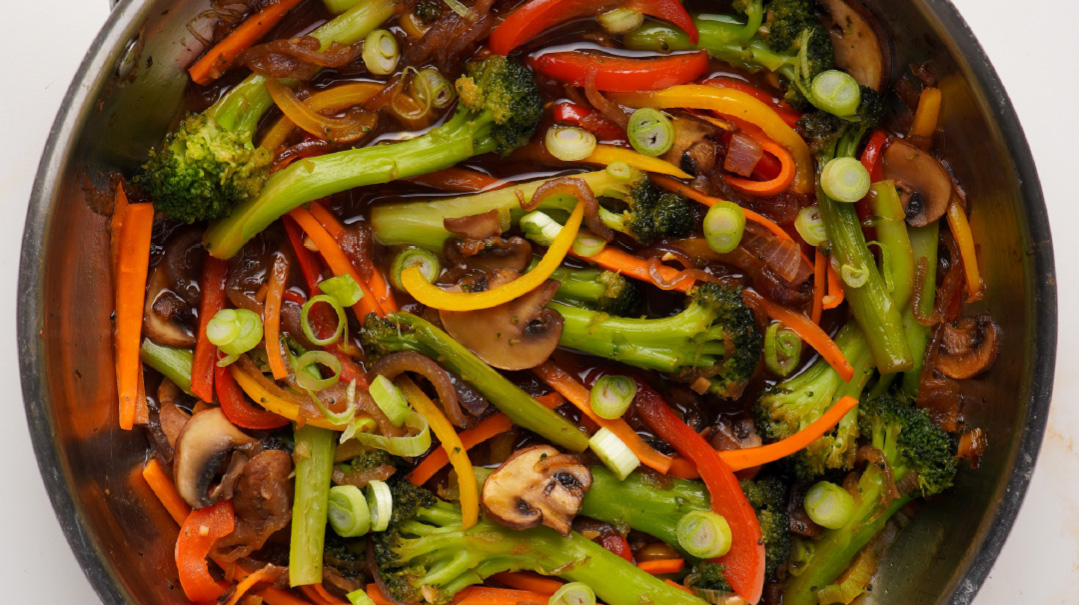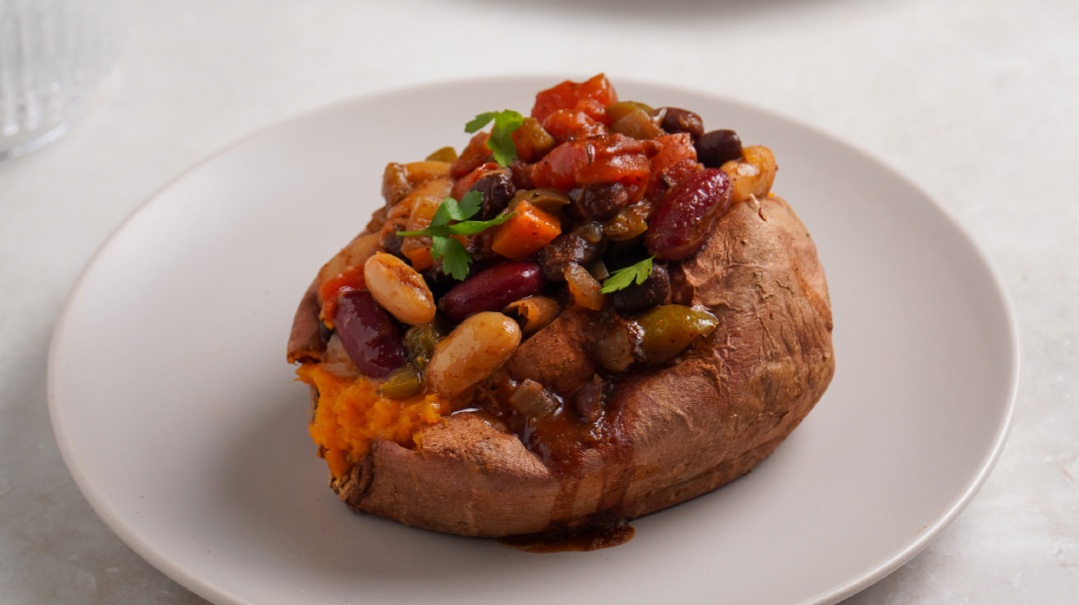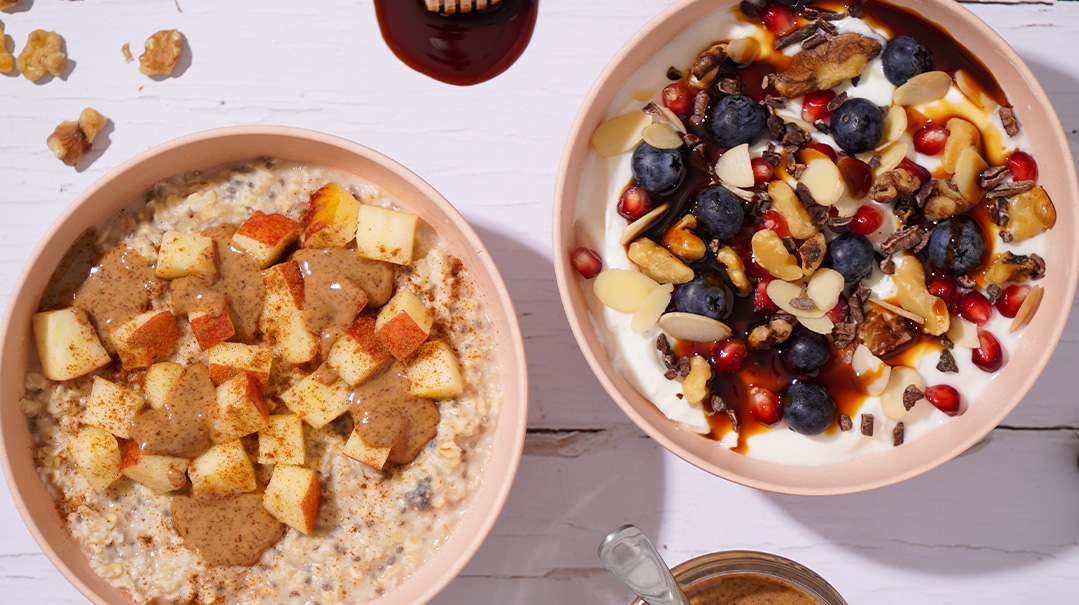Bouncing Back
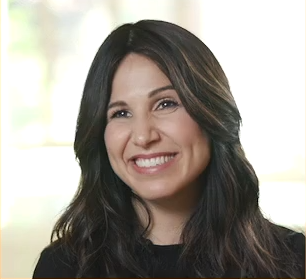
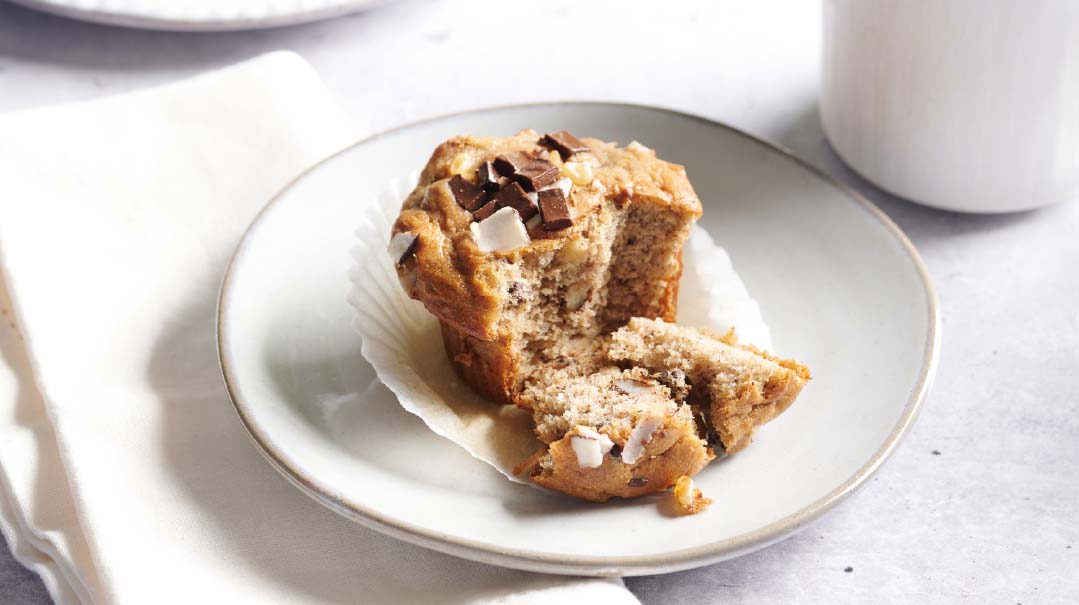
Styling and Photography by Hudi Greenberger
I hope you all had a beautiful Yom Tov season. For some of us, it may already feel like a distant memory! For others, though, this time of year is spent dealing with some of the physical aftereffects of Yom Tov, which I’d like to explore here.
Yom Tov is a very unique time that fills and fuels us spiritually. Due to the many larger and longer meals, though, it can also leave us feeling fuller physically.
Interestingly, it can also leave us hungrier! Nope, it’s not all in your head: there is a real physical reaction in our bodies when we eat larger meals that contain more carbs and sugar. Feeling more carb cravings lately? Let’s figure out how Yom Tov can make us feel both fuller and hungrier at the same time — and what to do about it.
The Super-Simplified Process
Our bodies use carbs for energy. All the carbs we eat eventually break down into glucose. You guessed it — complex carbs that are full of fiber break down slowest and have the lowest glycemic impact or effect on blood sugar levels. (That’s why I’m always suggesting those kinds of carbs; they’re much easier on our system.)
After the carbs are broken down into glucose, it would be dangerous for them to stay in the bloodstream. And our cells need glucose for energy. So Hashem made a wonderful hormone called insulin to take the glucose from the bloodstream and deliver it to the cells, where they belong. (Insulin, like carbs, has a bad rap; neither is actually bad for our body at moderate levels.)
Wait, there’s more. After its job is done, insulin notifies your brain that it successfully transported the glucose to your cells. Your body then assumes that you will be using that glucose as energy and will need more glucose soon. So the insulin message is really a signal to your brain that you need more glucose; in other words, that you’re hungry.
That’s how, aside from being the glucose delivery service, insulin also triggers hunger.
When we eat more carbs than usual, our body produces more insulin than usual, to manage the extra carbs in our system. The more insulin we produce, the more wired we are to crave even more carbs.
How It Plays Out
On Yom Tov, our bodies produce more insulin to process our greater carb load. The more insulin we produce, the hungrier we feel. Those higher levels of insulin — and insulin-induced hunger — don’t wear off right away, either; they take time to diminish, even once we’re ready to return to normal after Yom Tov.
That’s why you might be feeling hungrier and craving carbs more often than you were before Yom Tov.
Now What?
Okay, this is validating and clarifying, but what we really want to know is how to reverse this!
There is a way to get back to normal, and it’s not to starve or juice it off. You actually have to gradually help your body lower your insulin production… by gradually lowering your glycemic (carb) load.
When your body sends you those hunger cues or carb cravings, don’t ignore them; they’ll only come back stronger. Instead, satisfy them with a macro meal that includes complex carbs. I’ve found that well-balanced macro meals consisting of protein, complex carbs, fiber, and healthy fats are the most satisfying and give you the carbs your body wants with the lowest possible glycemic impact.
As your body resets, you may need a few extra meals (or snacks) a day. But after a few days of macro meals and macro snacks, you’ll hopefully notice that your hunger levels are back to baseline; you’ll be going longer stretches between meals and may not need even the snacks to bump you up.
Slowly and gradually allowing your body to recalibrate itself is the gentlest way to reset your hunger hormones after a carb-heavy holiday season. It’s also the healthiest and most effective strategy in the long run. Just like with most of the adjustments and changes we hope to make post-Yom Tov, slow and steady wins the race.
Rorie Recommends: Macro Snacks
Macro snacks are just as important as macro meals, especially during that insulin reset time when we may be hungry more often. I find that a combo of carb plus protein or carb plus fat is satisfying, and also helps slow the glycemic impact of the carb.
Some satisfying snack examples include chickpea croutons with pumpkin seed trail mix, tahini and carrot sticks, guacamole with healthy crackers, fruit with nuts, Greek yogurt with some berries, apple slices with almond butter, frozen banana dipped in sunflower seed butter, or a smoothie made with berries and avocado/nut butter.
Rorie’s Banana Nut Muffins 2.0
Presenting... my all-time favorite macro snack, improved. I featured this recipe five years ago, soon after I first started writing for FT. Since then, I’ve made it even fluffier and more filling. These muffins freeze beautifully, and they’re a great snack to have at home or on the go.
YIELDS 22–24 MUFFINS
- 4 eggs, separated
- 4 very ripe bananas, cut into chunks (about 18 oz/510 g)
- 2 tsp vanilla extract
- 2 tsp baking soda
- 1 16-oz (450-g) jar cashew or almond butter (see note)
- 1 cup Rorie’s Grain Free Flour Blend or almond flour
- chocolate chips, cacao nibs, fresh blueberries, or crushed nuts, for topping (optional)
Preheat oven to 350°F (175°C). Line 22–24 muffin cups with paper liners and set aside.
To prepare batter with a food processor: In the bowl of a food processor fitted with an S blade, beat egg whites until stiff. Add ripe bananas and process for at least 3 minutes until a creamy, fluffy batter forms. (The longer you mix the bananas with the eggs, the fluffier your muffins will be.) Add egg yolks, vanilla extract, baking soda, nut butter, and Rorie’s Grain Free Flour Blend and mix well.
To prepare batter with an electric mixer: Mash bananas until creamy and lump-free. In the bowl of an electric mixer, beat egg whites until stiff. Add creamed bananas to egg whites and beat into a creamy, fluffy batter. Add yolks, vanilla, and nut butter and mix well to combine. Stir in Rorie’s Grain Free Flour Blend and baking soda and mix until uniform in texture.
Divide batter among prepared muffin cups. Sprinkle with toppings of choice, if desired. Bake for 22–25 minutes, depending on muffin size.
Note: While this recipe can be made with sunflower butter or peanut butter, sunflower butter turns the muffins green (!), and peanut butter gives it a very strong peanut butter flavor — you really have to love peanut butter to use it. Using cashew butter as opposed to almond butter adds sweetness and produces a lighter-colored muffin.
As a health coach certified in integrative nutrition, Rorie shows the frum community how delicious, fun, and doable it can be to incorporate healthy habits into our lifestyle, one small step at time. She’s the health ambassador of Kosher.com, founder of Full ’N Free, LLC, and a diehard recipe developer who’s always whipping up foods and treats that love us back. Her most recent project? Bringing the goodness of spelt sourdough to the public! Check out her all-new video demos and detailed instructions at www.fullnfree.com.
All statements are suggestive only. Please consult with your doctor before making any dietary or lifestyle changes.
(Originally featured in Family Table, Issue 764)
Oops! We could not locate your form.

